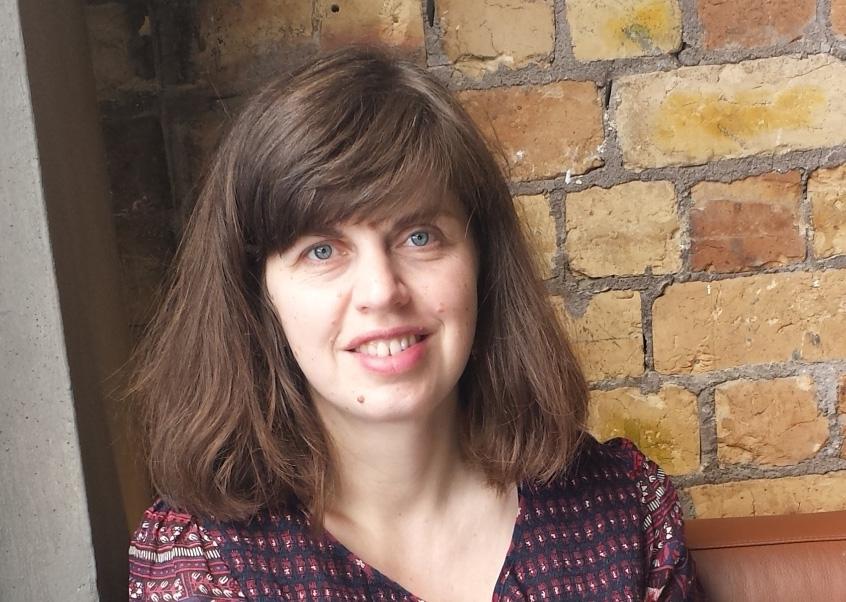Tatjana Buklijas
How do political, social and spatial urban changes shape science? I study anatomy, a discipline that has been the cornerstone of medicine since the late Middle Ages, the main authority in the standardization of the human body, as well as a source of controversy for its use of human cadavers, in Vienna. Transformations of the city—from the metropolis of the Habsburg Monarchy, through the radical experiment of “Red Vienna” and a provincial centre of the “Third Reich” — informed the way that anatomy was taught and practiced. These changes had international significance: images of the body produced in this world-leading centre of medical research and education have been used worldwide to the present day. My book project focuses on anatomists of the University of Vienna from its post-1848 heyday to post-WWII, but extends into artists’ studios and social salons, Volkshochschulen, popular museums and entertainment grounds as well as the parliament committee rooms, churches and cemeteries.

